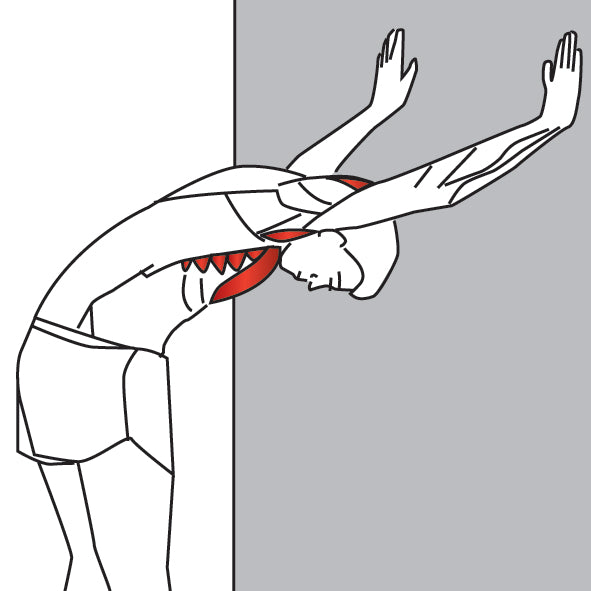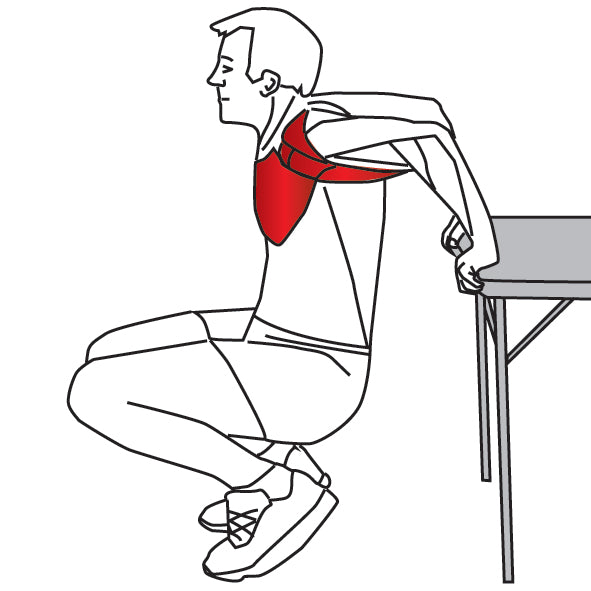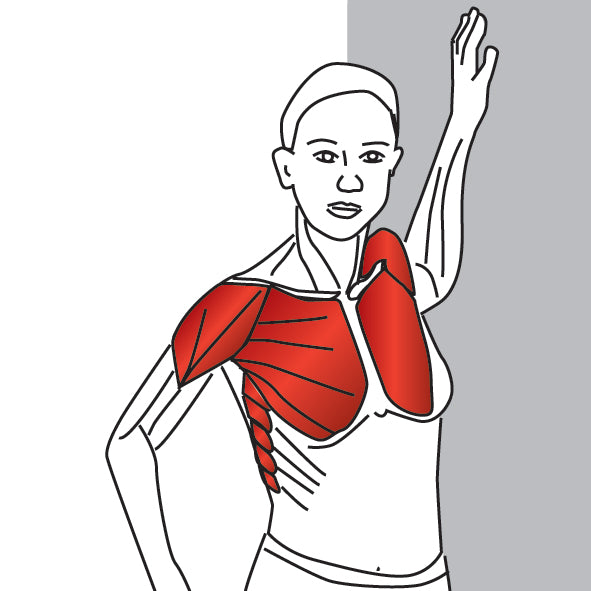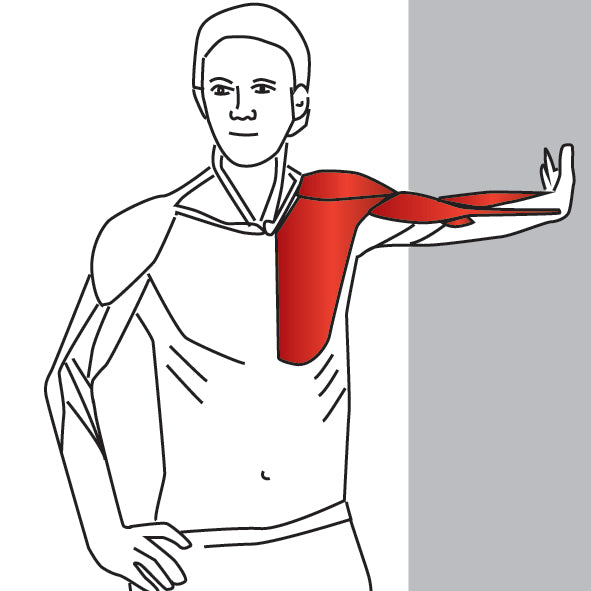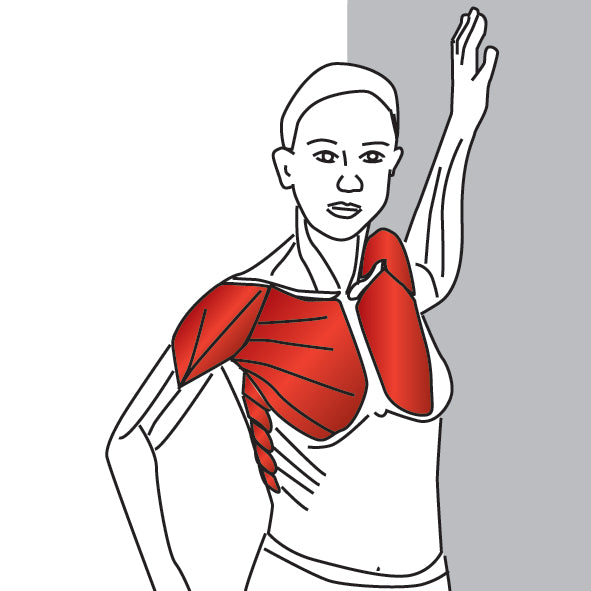💡Use the filter to search by topic
Technique: • Stand straight facing a wall • Place both hands on the wall just above your head • Lower your shoulders slowly and slightly move your chin...
Technique: Stand straight with your back to a table or bench Place your hands on the edge of the table or bench Slowly lower your body Primary...
Technique: Stand straight near a wall Raise your arm so that it is parallel to the ground and bend it at a 90 degree angle Rest your forearm...
Technique: Stand straight near a wall Raise your arm so that it is parallel to the ground and extend it backwards Place your hand on the wall so...
Technique • Begin standing tall next to a wall or a doorway • Raise your arm so that your forearm is resting on the wall or door...

